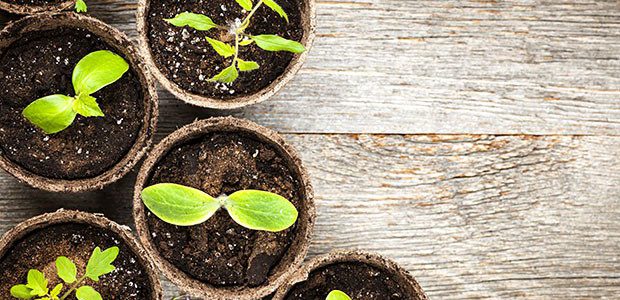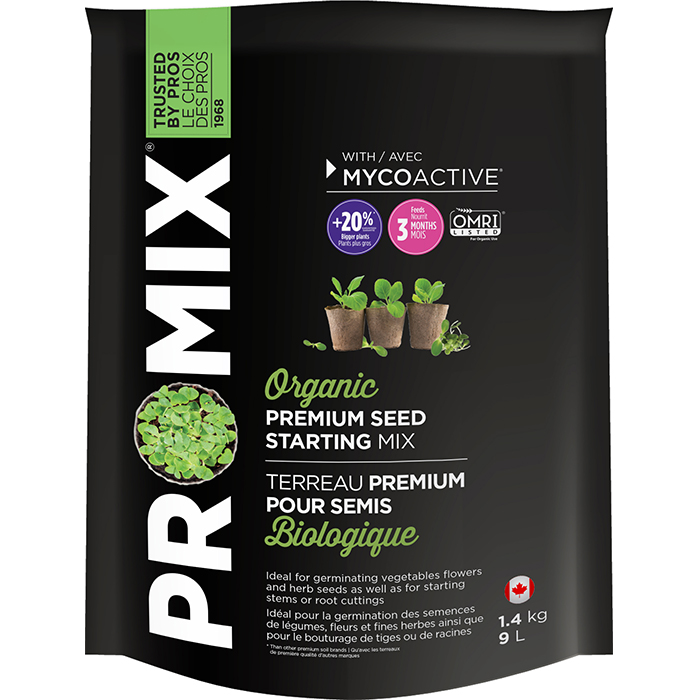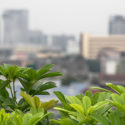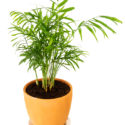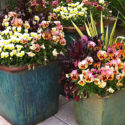Reading seed catalogues is a familiar ritual for gardeners. In addition to the pleasure afforded by this activity, creating seedlings is an economical way to propagate certain ornamental and fruit and vegetable plants. Here are a few tips for success.
Sowing your seeds
A wide variety of vegetables and annuals may be sown indoors in containers in March and April. You may use seeds from your own plants; however, if this is your first experience with seedlings, or if you did not collect seeds last fall, you must buy seeds from a gardening store or reputable seed dealer. Select high quality Canada No. 1 seeds. Once the packet is open, the seeds begin to deteriorate – so use them as quickly as possible. However, you can seal the packet with tape and store it in the refrigerator in a sealed plastic container at temperatures between 1°C and 5°C. Most annual seeds remain viable for a little over a year. Plants from the pea family, known as pulses or legumes, may last even longer.
Soil
The soil to use for seedlings must be light, well aerated and able to retain water and nutrients. It must also be sterile in order to avoid fungal diseases which could develop and attack newly-germinated young plants. Never use soil from your garden, as it may carry pathogens and is generally too heavy and not aerated enough to yield good results. Instead, use a commercial substrate specially prepared for seedlings. You may prepare you own soil by mixing one part compost, one part sphagnum moss and one part perlite. Water soil well before use.
Containers
Once your soil is mixed and watered, pour it into a container and even out the surface with a small wooden stick. Rather than placing all your seedlings in one container, you may use a container divided into several smaller compartments; this will make transplanting much easier. Some annuals do not tolerate transplanting. Sow these seeds in biodegradable peat moss containers, or peat pots. Bachelor’s buttons (Centaurea cyanus), mallow (Lavatera trimestris), castor oil plant (Ricinus communis) and nasturtium (Tropaeolum majus) are examples of plants whose roots must be disturbed as little as possible. Sow two to three seeds per compartment or peat pot. Identify your seedlings by name. Some seeds should not be buried into the substrate because they need light to germinate; others need to be covered by about 6 mm of soil because they need darkness to germinate. The table below lists some ornamental plant, vegetable and herb seeds that may be planted indoors in March or April. The table specifies whether the seeds need to be covered in soil, and the optimal germination temperature is provided.
Moisture and Light
Most seeds germinate properly if they receive constant, generous moisture, about 80%. In order to avoid constant watering, special transparent plastic domes are recommended. In addition to preventing water evaporation, these domes act like a greenhouse, maintaining a stable high temperature. Should water droplets form on the dome walls, it should be slightly opened for a few hours to let excess moisture evaporate. For many plant species, light is not required at the start of the germination process, but all seedlings need light to grow and develop. As sunlight is not sufficient, seedlings must be placed under artificial light for up to sixteen hours per day. A system using a Gro-Lux type fluorescent and a Vita-Lite fluorescent is usually sufficient. This type of system can light a 1.20 m x 30 cm area. Fluorescents must be placed as close as possible to the plastic dome covering the seedlings. Metal halid light systems may also be used. For example, a 1,000 W bulb can light a 2.40 m x 2.40 m area. This type of lighting must be placed approximately 60 cm above seedlings.
